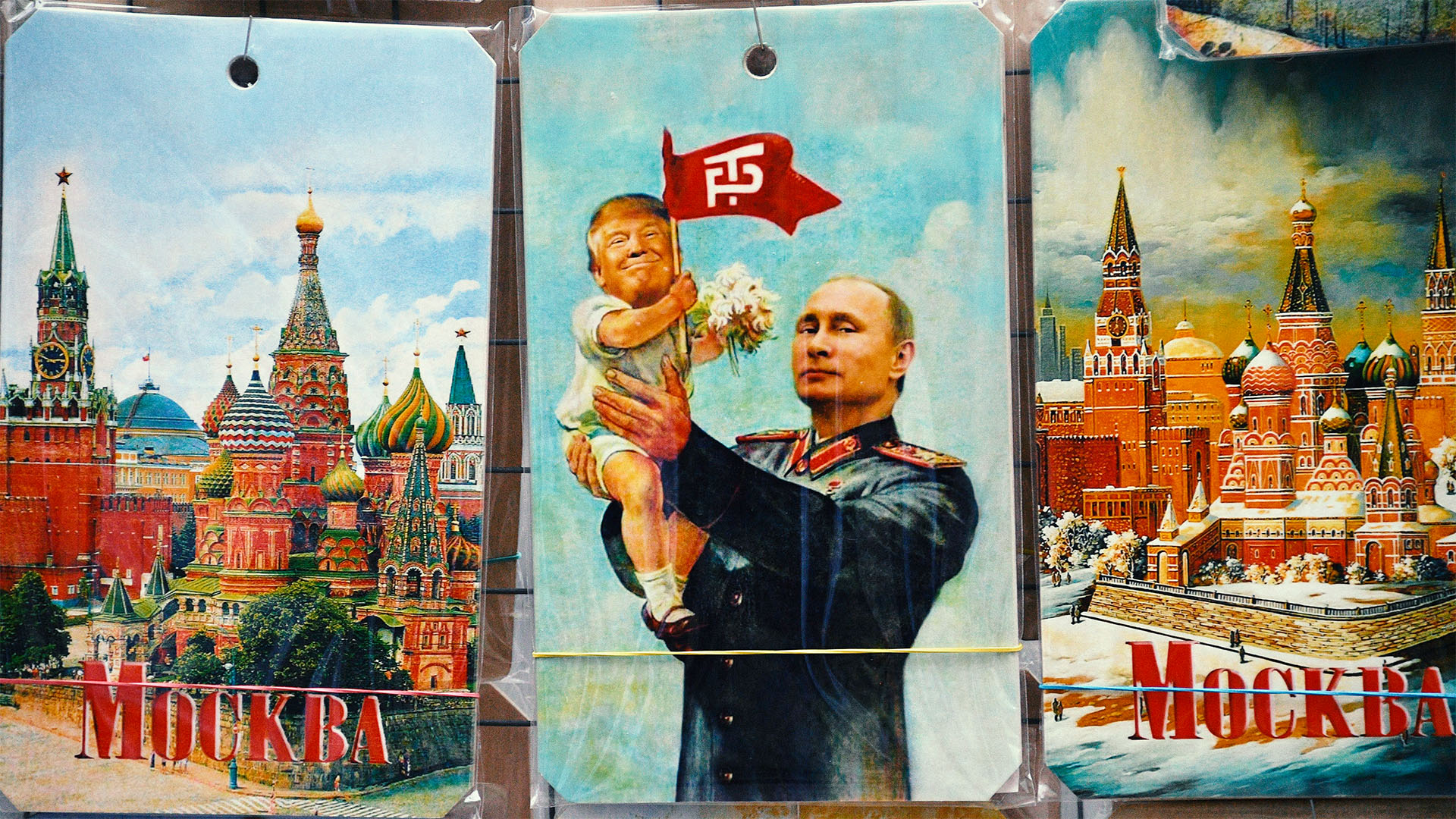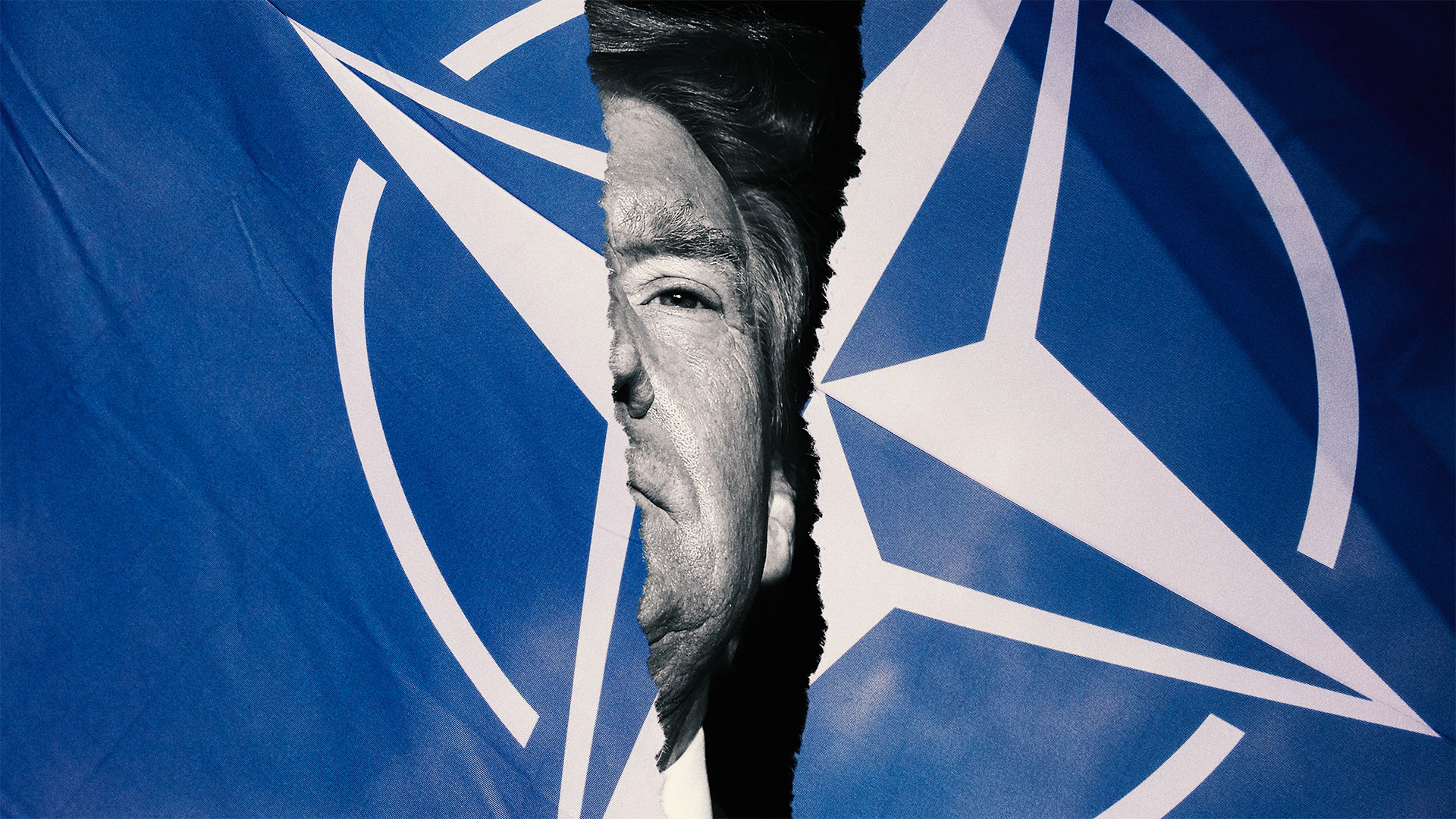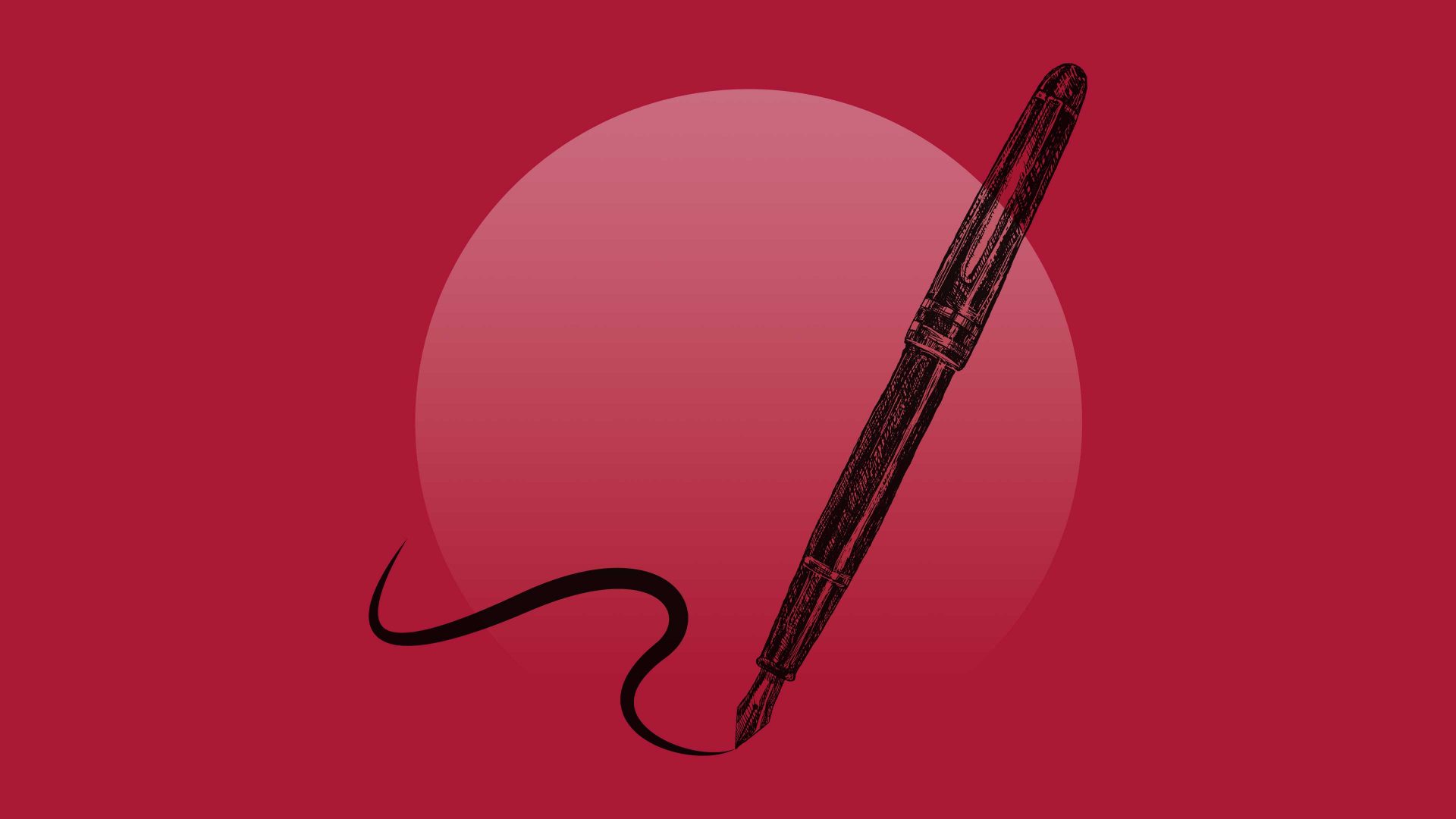On January 30 of this year, the British humanitarian volunteer Edward Scott was on an evacuation mission in the south of Donetsk Oblast, seeking to rescue a woman whose husband had been killed by a Russian drone the day before.
The Kyiv Independent reported that as the 28-year-old Scott drove his white truck, clearly marked in large orange letters with the Russian for “EVACUATION”, he was targeted by an explosive Russian drone. The attack cost him his left arm and leg. But for the swift medical help of his companion in the van, it would have cost him his life.
That day, Scott became for a time just one more casualty in a European war that has claimed hundreds of thousands of lives. Western intelligence agencies estimate that 200,000 Russian soldiers have been killed, and a further 400,000 wounded. At least 80,000 Ukrainian soldiers are dead, and a further 400,000 are wounded.
There are no definitive estimates of civilian casualties, but they certainly number well into the tens or hundreds of thousands. The toll of displacement, bombardment, and human misery is incalculable.
Even as it fights on, Ukraine knew its most vital ally was likely to falter, as did many across Europe. The return of Donald Trump to the White House was always going to make life, and resistance, harder for Ukraine.
In December, weeks before Scott’s injury, Matthew d’Ancona wrote in this newspaper that “we were always going to betray Ukraine”, predicting that Putin could rely on the fact that “Trump, who regards continued support for Ukraine as a pointless drain on US resources… will cut him a decent deal”.
Expectations of Trump, when it comes to Ukraine, could hardly have been lower – the world thought that Trump would abandon Ukraine, indifferent to its fight to remain a free nation. But few expected he would do so with such speed and ferocity.
Trump’s America has not so much abandoned Ukraine to its conflict with Russia, but actively swapped sides. The world is still so much in shock that the scale of what this means has barely started to be realised.
In more normal times, Trump’s rhetoric on Ukraine would cause ructions around the world. In the last week alone, Trump has falsely claimed that Volodymyr Zelensky “talked the United States… into a war that couldn’t be won”, that the USA has spent $350 billion on Ukraine, that this is $200 billion more than Europe has spent, and that Zelensky has admitted half of this was lost to fraud. He has claimed Zelensky has an approval rating of just 4%, calling him a “dictator” for not calling elections during wartime.
These untruths would be a cause for concern even if they did not directly reflect Kremlin talking points on the conflict – suggesting someone in Trump’s inner circle is briefing him almost exactly on those lines. Disturbingly, the list of people around him who might brief him on such terms is not short. Near the top, though, would surely be Tulsi Gabbard, the new director of national intelligence, who has a long record of parroting Kremlin lines on Ukraine herself.
The facts, predictably, are nothing like Trump says. Russia invaded Ukraine, first in 2014 – a conflict that ran throughout Trump’s entire first term without him reaching any resolution – and then again in 2022. War came to Zelensky, not the other way around.
The USA’s contribution to Ukraine is less than half of what it says, much of which is made up of existing weaponry, with the US replenishing its own stocks with new material. Europe has contributed more financially to Ukraine than the USA. Zelensky’s approval ratings sit at around 57%, more than ten points higher than Trump’s own. It is commonplace even in democracies not to hold elections during existential conflicts.
Trump parroting falsehoods is barely a matter of concern – the more troubling prospect is that he may believe what he is saying. But these talking points pale in comparison to Trump’s actions. Already, he has tried to squeeze Ukraine for hundreds of billions of dollars of non-existent rare earth metal reserves for nothing in return – and he has excluded Ukraine from peace talks concerning its own fate.
As if to seal the deal, Trump’s mini-me – or as some online commentators prefer, his puppet master – Elon Musk is singing from the same hymn sheet on Russia, posting an almost fawning message to X, “this is what competent leadership looks like” as a comment on a video of Russian foreign minister Sergey Lavrov managing the awesome feat of walking off a plane.
Both Trump and Musk are openly displaying an admiration for Russia that seems matched only by the contempt they show for Ukraine and for America’s longstanding allies in Europe. The question is what it is in Russia that they seem to admire.
Putin’s government has butchered at least 200,000 of its citizens in a war of aggression in Ukraine that has so far achieved none of its strategic goals. The conflict has lost Russia its Black Sea fleet and its strategic relationship with Syria. Endemic corruption has left its ability to prosecute any of its goals in a quagmire.
Russia’s economy is in crisis, its GDP per person is just $13,800 a year – lower than Mexico – and many of its people live on far less. Under Putin, Russia has produced no great technological innovations, while the country of Chekhov, Tolstoy and Dostoevsky has produced no cultural output the rest of the world has noticed in decades.
As Trump bemoans the supposed dictatorship of Zelensky, Putin has strangled the political system, civil society and media of his own country. Even as the USA’s new bosses decry Europe’s supposed “censorship”, they ignore the far more blatant activities of Russia.
Perhaps it is that which Musk and Trump admire, even at the horrifying cost at which it comes. To a certain type of man, Putin appears hypermasculine, a figure who gets what he wants and who is unbothered by anything resembling a check or balance, having burned all of them away in his long years in office.
Trump and Musk may even imagine the Russian people as admiring or grateful of their great leader – which would be an ironically mistaken view of the Russian people to add to their mountainous ignorance of the world.
Whatever the causes of Trump’s rapid US realignment, its consequences could not be more grave – and the world is not ready. A new administration in the USA which was indifferent to the suffering of Ukraine and the problems of Europe is a big problem for the continent. An America which is friendlier to Russia than it is to Europe is an existential issue.
Europe has missed so many wake-up calls at this stage that the continent resembles nothing so much as a graveyard for alarm clocks. If it doesn’t act this time, it may never get another chance.
The most obvious questions centre around NATO: how can the alliance operate if the US cannot be relied upon? Aside from the huge disparity in force size and troop numbers, NATO is largely set up to depend on US command and control. If America is not a reliable member of that alliance, there is much that needs to be rethought, and quickly.
On a more profound level, Europe needs to know what Article 5 means under Trump. That mutual self-defence pact is the reddest of red lines, one that has endured through the cold war and beyond it. A blurred line is more dangerous than one which doesn’t exist at all – clarity is vital, even if the answers are bad.
Less obvious but even more urgent are the Five Eyes intelligence sharing arrangements, which bind the spy agencies of the US to those of the UK, Canada, Australia and New Zealand. These connections are deeper than almost anyone realises: GCHQ and the NSA work so closely together across the world that they often might as well be the same agency. They share sites, physical infrastructure, databases, and more.
Much of the intelligence the UK collects is immediately and automatically shared with the US, and vice versa. This has never been a cause for concern, and few thought it would become one any time soon.
At the speed Donald Trump is changing geopolitics, that situation has changed. The Four Eyes that aren’t the USA need some kind of plan for the unthinkable – and almost certainly don’t have one ready.
There has been a long preoccupation with whether or not Donald Trump was a knowing and willing collaborator with the Russian state. The president angrily insists there has never been such a deal – “No collusion!” is one of his greatest hits.
Deliberate collusion, though, is almost a non-issue. It simply doesn’t matter whether the president of the United States is a knowing Russian agent or else the greatest asset the state has ever managed to cultivate. The outcome of either scenario is largely the same.
And what we know, what is out there in the open, means that the only viable possibilities are one of those two options. Leaving modern history aside, Russian state hackers intervened on multiple occasions to help Donald Trump in the 2016 election. Trump himself encouraged such hacking efforts from on stage during that campaign. Trump’s first director of national intelligence, Mike Flynn, was fired for backchanneling Russia before Trump even entered office.
Whether Trump’s feelings towards Russia are the result of a malevolent Russian operation, a deliberate and coordinated dance by all involved, or a bizarre series of accidents is immaterial.
The results are the same. The distinctions between trolling, or joking, or propagandising are not important to people like Edward Scott, in his Kyiv hospital bed. “Russia invaded this country, and that alone should be enough to show who the enemy is,” he told the Kyiv Independent, apparently in vain. Trump might be playing at politics, but in Ukraine every word is life or death.
Donald Trump has not just abandoned Ukraine, he has become the turncoat-in-chief, effectively switching sides in the Russia/Ukraine conflict. His choice seems to be made, at least for now – Trump is, after all, nothing if not fickle. The onus is now on the rest of America, and the leaders of Europe, to decide what can be done about it.




